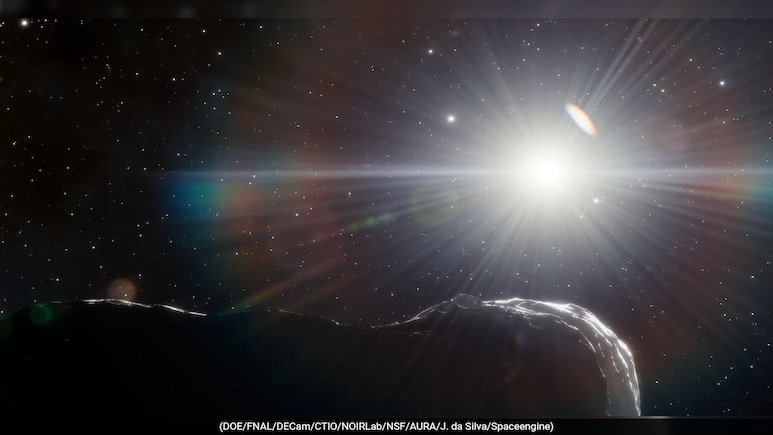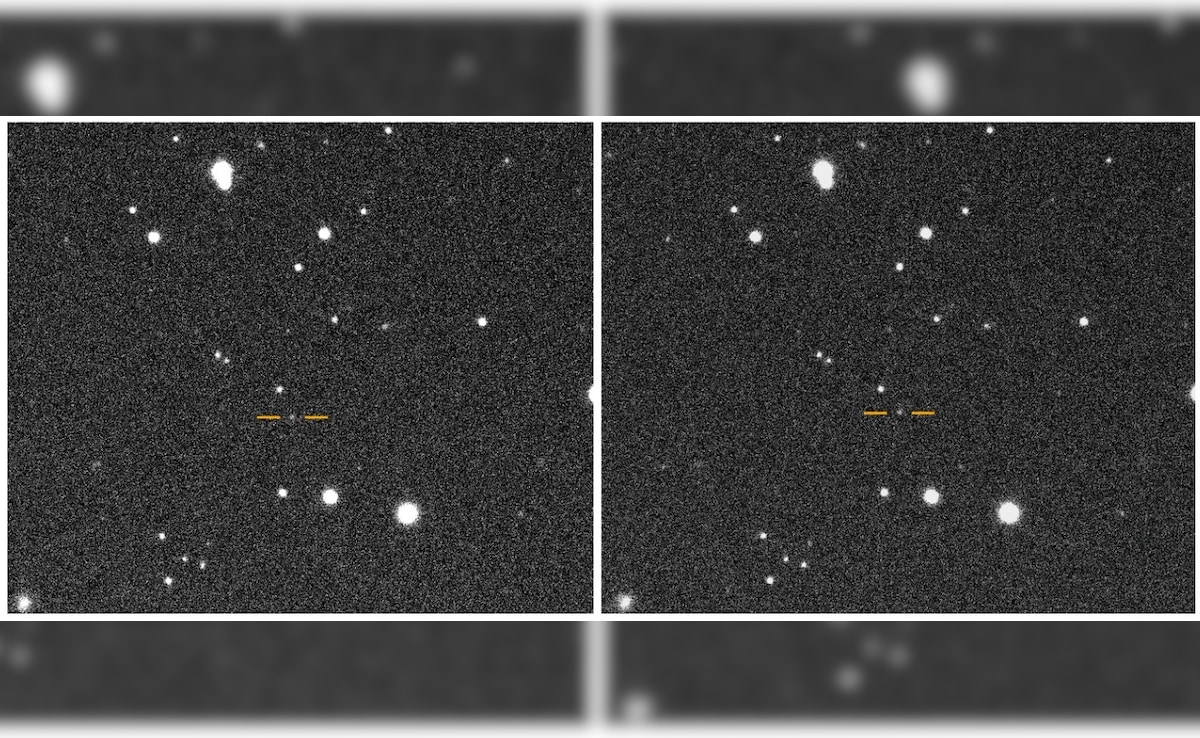
A newly discovered asteroid, designated 2025 SC79, races around the Sun every 128 days, making it the second-fastest known asteroid and the second ever found within the orbit of Venus. Scott S Sheppard of Carnegie Institution for Science first observed it on September 27, 2025, using the Dark Energy Camera at the Blanco 4-meter telescope in Chile.
Estimated to be about 700 meters in diameter, the asteroid crosses Mercury's orbit and remains hidden from much of Earth's view because it lurks in the Sun's glare. Its confirmation involved follow-up observations from the Gemini and Magellan telescopes.

Photo Credit: Scott S. Sheppard
Sheppard emphasised that such "twilight" asteroids, visible only during dawn or dusk, pose unique discovery challenges and could carry impact risks if nudged into Earth-crossing orbits by planetary gravity effects.
"The most dangerous asteroids are the most difficult to detect," Sheppard explained in a news release. "Most asteroid research finds these objects in the dark of night, where they are easiest to spot. But asteroids that lurk near the Sun can only be observed during twilight, when the Sun is just about to rise or set. If these 'twilight' asteroids approach Earth, they could pose serious impact hazards."
2025 SC79, which is 700 meters in diameter, is now traveling behind the Sun and will be invisible to telescopes for several months.
Future research of this object will reveal details about its composition, and how it survives the intense heat of its proximity to the Sun, as well as its possible origin.
"Many of the Solar System's asteroids inhabit one of two belts of space rocks, but perturbations can send objects careening into closer orbits where they can be more challenging to spot," Sheppard concluded. "Understanding how they arrived at these locations can help us protect our planet and also help us learn more about Solar System history."
Track Latest News Live on NDTV.com and get news updates from India and around the world

